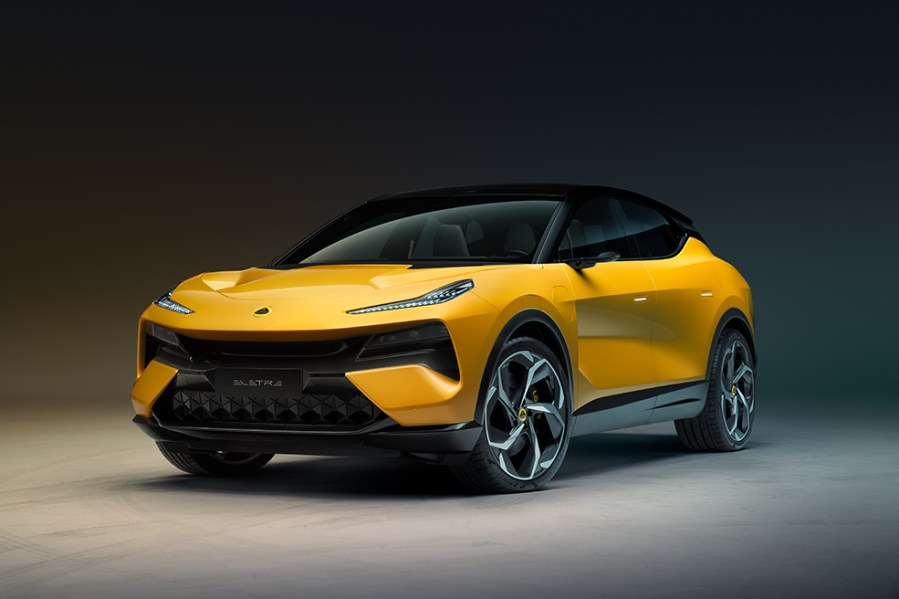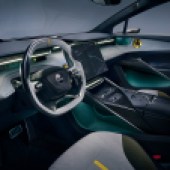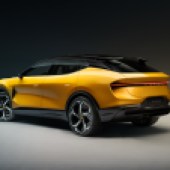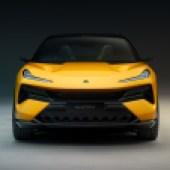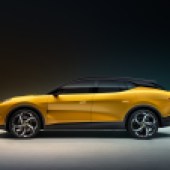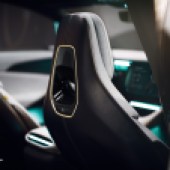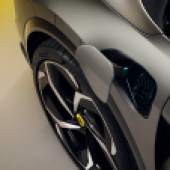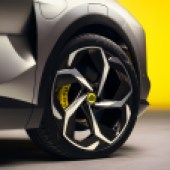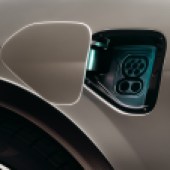The Lotus Eletre represents multiple firsts for the heritage British brand, not least the fact it’s a five-metre-long SUV. Here’s the lowdown
Lotus has underscored its intention to move towards an entirely electrified future with the unveiling of its Eletre. Dubbed ‘the world’s first electric hyper-SUV’ by the brand, the all-new model represents an unprecedented step in Lotus’ rapid modernisation, shown just a few months after Elise, Exige and Evora production wound up – and in the wake of the reveal of the Emira, the final internal-combustion Lotus.
The Eletre marks many firsts for the brand: it’s Lotus’ first SUV, and represents the first series production model to use electric power (the Evija hypercar is a limited-run halo product). It’s also the largest model ever to wear the Lotus badge, measuring in at just over 5.1m long, 1.6m tall and 2.2m wide including mirrors. An official weight figure hasn’t been announced but its safe to assume that it will tip the scales as the heaviest Lotus ever, too – although Lotus is keen to point out how some of the brand’s historic key values have made their way into the design.
At first glance, the Eletre looks much like many other large, modern SUVs; we detect a combination of Lamborghini Urus and Kia EV6 in its lines. A closer look reveals interesting details, with multiple functional ducts and aero surfaces intended to minimise drag and increase efficiency – no silly fake vents to be found on what Lotus claims is the ‘most advanced active aerodynamics package on any production SUV’. Clever engineering touches also include the deployable LIDAR sensors located in the wheel arches and on the roof, hidden until needed; these are used as part of the car’s sophisticated autonomous driving system, another Lotus first.

The futuristic, sharp-edged and highly technical theme continues inside the Eltre, where the obligatory infotainment screens are integrated into a space-age dashboard– leather is notable by its absence due to its weight. There are some pleasingly Lotus-appropriate touches, including four individual sports seats (a folding rear bench is optional), and a focus on sustainable lightweight materials – leather is notable by its absence due to weight.
The Eletre is built on a bespoke platform; a ‘skateboard’ layout incorporating a motor producing ‘from 600hp’, large 100kWh-plus battery and 350kW charger. Power is put through all four wheels and drivers will be able to make the most of the traction with a dedicated off-road driving mode – a particularly non-traditional feature. Naturally, given the ‘hyper-SUV’ moniker, claimed performance figures are impressive: 0-62mph in less than three seconds and a top speed of 161mph.
It’ll be a while before cars hit the road, with production starting later this year, but Lotus claims the Eletre will offer ‘exeptional dynamics, outstanding comfort and true Lotus performance’. We’ll have to wait to see how much of that is true, but the initial signs seem good: Lotus looks to have focused its attention in the right place to secure its future. With owners Geely at the helm (the parent firm also responsible for Volvo, Polestar and LEVC) and an dedicated high-tech facility in China, the stage is set for a big success – and hopefully plenty of smaller, lighter Lotus cars in the future.
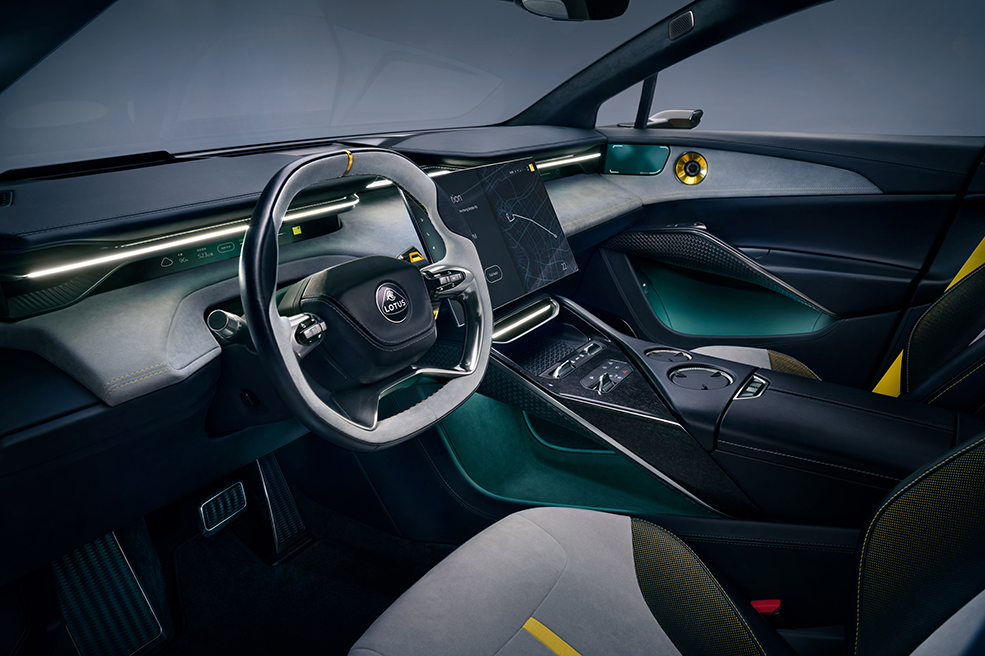
The brand-saving SUV: a modern necessity
Lotus isn’t the first historic sports car brand to turn to SUVs in a bid to secure its future survival. Porsche made headlines when it unleashed the Cayenne in 2002; a car that enraged purists but went on to sell like hotcakes and prop up the brand’s wider sports-car-making activities. Countless others have followed suit, including Maserati, Alfa Romeo, Aston Martin and Lamborghini, with the latter setting the hyper-SUV benchmark that Lotus will have to match. Even Ferrari has had to concede to international market pressure with its forthcoming Purosangue.
Today, it’s the hugely important Chinese market that’s driving this demand; selling large, powerful SUVs here is a ticket to financial success. It’s a recipe that works across the UK, US and Europe too – all the while helping keep makers in business, and more able to create other models that adhere to (and preserve) core brand values.
The Lotus Eletre is a car born out of the necessity of futureproofing. While the international car market still loves large, powerful SUVs, worldwide emissions laws are quickly making sure that internal combustion isn’t a viable means of propulsion. If heritage brands like Lotus want to survive in 2022 and beyond, EVs are the only option – here’s hoping more than just the Lotus badge will survive the switch.

